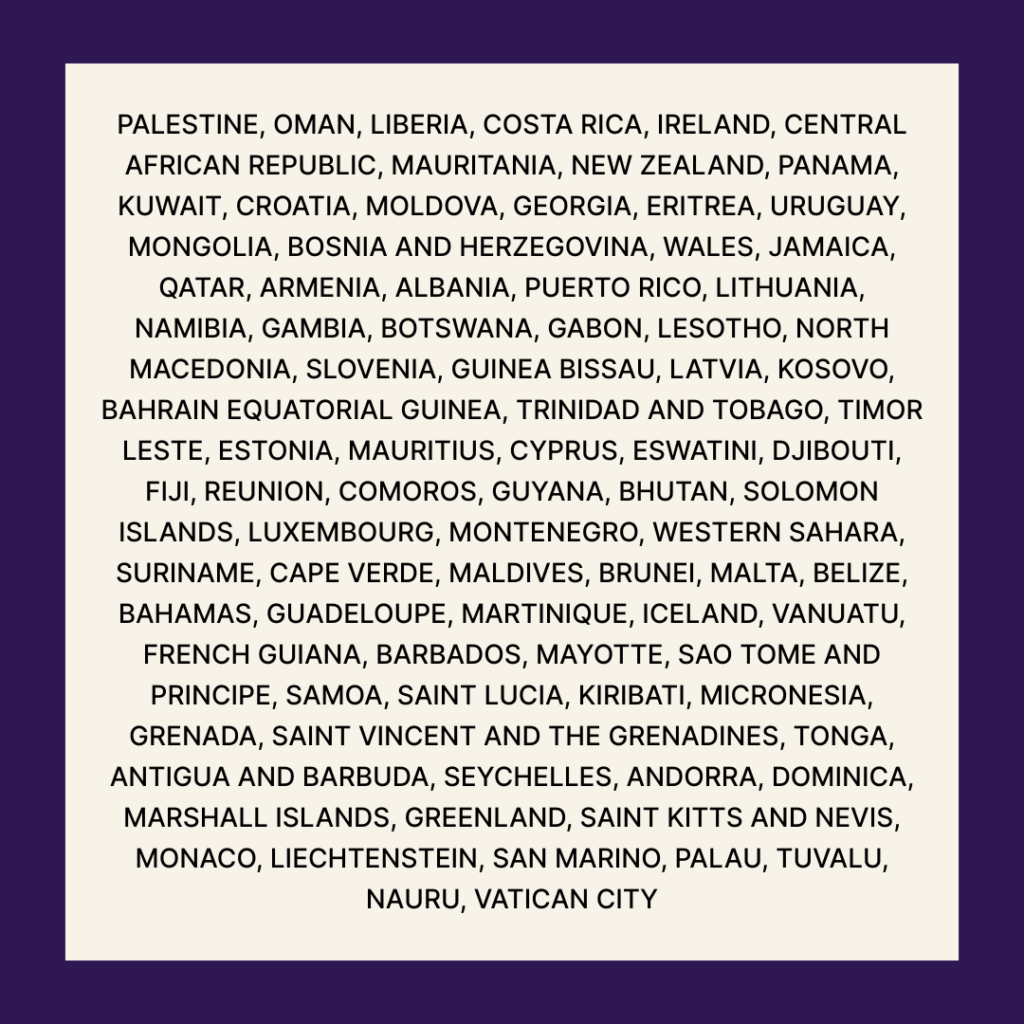The evidence is clear and compelling: when women lead, everyone benefits.
Organizations with women in leadership positions are more profitable and innovative. They demonstrate higher productivity and better overall performance. Women leaders tend to prioritize inclusive practices, leading to higher employee engagement and retention. They’re more likely to use transformational leadership styles that inspire collaborative work and center relationships.
And we aren’t talking about small improvements. Research shows significant increases in market value for companies with women in leadership. When women have more political and economic representation, it leads to higher levels of legal and economic equality for everyone.
Women leaders also provide emotional and psychological support that creates healthier work environments. They challenge stereotypes and serve as role models, inspiring the next generation to pursue leadership opportunities. Their leadership helps close the gender pay gap and advances pay equity across organizations.
The impact extends far beyond organizational walls. When women heal and lead authentically, that transformation ripples outward, touching families, communities, and systems.
Making Our Focus Explicit
Since founding the Luna Jiménez Institute for Social Transformation in 1994, I’ve been committed to supporting leaders engaged in racial healing and social justice. While we’ve always centered women’s experiences in our work, we’re now making our focus on women’s leadership explicit and intentional.
This shift reflects what we’ve learned over three decades: women face unique challenges in leadership. The data confirms what we’ve witnessed—female leaders face higher and often unrealistic expectations. They lead not only in organizations but also in families and communities, often without sufficient support and resources, all while being undermined and feeling overwhelmed.
While leadership doesn’t require a title, women have been excluded from visible leadership positions across the world, in every political system, and throughout history. The first female elected to a Parliament happened 114 years ago, in Norway. The first female elected as Prime Minister just 65 years ago, in Sri Lanka. Today 90% of leaders are still men. This Financial Times film presents a 2,500-year timeline documenting women’s fight for their place in democracies.
These barriers to female leadership exist alongside a devastating reality: in the last century alone, 191 million women have died from “gender-related” issues, according to the Geneva Centre for the Democratic Control of Armed Forces. The DCAF calls this a “secret genocide” in their 2005 report Women in an Insecure World. To grasp the scale of 191 million: it equals the combined populations of the smallest 88 countries on the planet.

Our work has always addressed these realities. Now we’re naming them clearly and creating dedicated spaces for women to heal, grow, and transform together—all while committing to creating a just world for all.
The Women Leaders We Serve
The women who come to LJIST aren’t looking for help finding their purpose. They already know their why. They’re clear about what matters to them and what they’re working toward in the world.
What they need is support in three critical areas:
Reclaiming Authenticity
These leaders want to get clearer about who they truly are and how to hold onto their authenticity despite constant pressures to assimilate or perform at the cost of their health or families in order to “succeed.” They recognize that the toll of pretense is too high—not only for themselves, but for everyone they serve.
As Genevieve shared, “The concept of centering myself was transformative. It empowered me to actively decide what I want, what brings me joy, and what my purpose is.”
Sustainable Energy for Long-Haul Leadership
These women want to have greater impact while using their energy more judiciously. They’re done with the sprint, adrenaline-chasing mindset. They’re seeking sustained energy for the long haul, with concrete skills and practices to rest, renew, and heal.
This includes learning to emotionally discharge feelings of powerlessness and discouragement, and resist the pulls to “check out” through numbing behaviors or leaving altogether. Julieta’s profound question to me was, “’How do I step into more leadership instead of walking away looking for something different?”
I understand this intimately. I initially treated leadership as a sprint. Over three decades, I’ve developed sustainable practices that transformed my approach. Through distance running, open water swimming, and weightlifting, I discovered key parallels between endurance training and sustainable leadership.
The answer to Julieta’s question? She told us “Having a Listening Partnership was healing on so many levels. I started to feel less burnout. I started to see myself evolve and grow in ways that sometimes were unexpected. I feel like I’m 10 years younger and rejuvenated.”
Breaking Isolation Through Community
Perhaps most importantly, these leaders are breaking isolation by having and contributing to a community of support with other women leaders from across the country and around the world.
Each woman in her own way is committed to making a difference and living into her purpose as holistically and authentically as possible—while centering love and care as radical, subversive acts.
The transformation that happens when women co-create this community is profound. Julia experienced increased pride “to be a woman working to create better opportunities for the next generation.”
When leaders go through healing work together, the results multiply.
A Different Approach to Leadership Development
This work centers women’s leadership and draws on liberatory practices rooted in racial equity, healing, and systemic transformation. We work on personal, organizational, and structural levels simultaneously, recognizing that systems are made up of humans, and unhealed humans perpetuate harm and injustice.
Our approach honors what I’ve learned over 30 years: oppression can only end with healing, and with support, we can completely heal. When women invest in this inner growth, they don’t just transform themselves—they transform their communities and organizations.
The world needs women leading from places of healing, clarity, and authentic purpose. When we create spaces for women to reclaim their voices, reconnect with their power, and support each other’s growth, we’re not just developing better leaders. We’re building the foundation for systemic transformation that benefits everyone.
